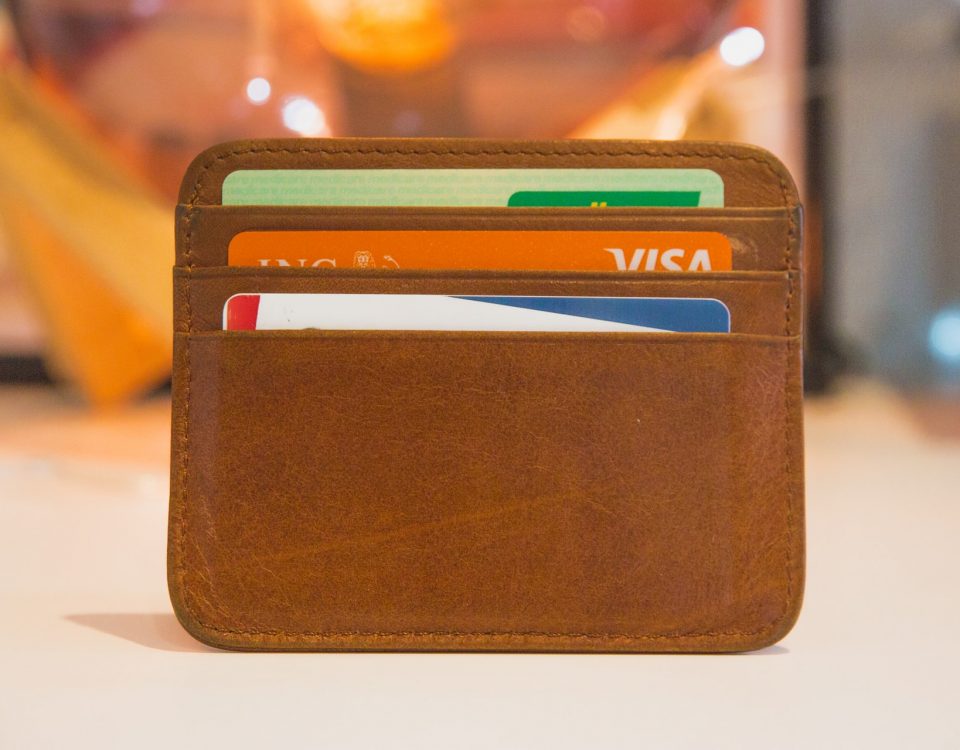Chances are, you or someone you know has had their identity stolen at one point or another. Identity theft can be expensive, stressful and
 extremely complicated to recover from. Here are seven ways to protect yourself and your most important data from identity thieves.
extremely complicated to recover from. Here are seven ways to protect yourself and your most important data from identity thieves.
 extremely complicated to recover from. Here are seven ways to protect yourself and your most important data from identity thieves.
extremely complicated to recover from. Here are seven ways to protect yourself and your most important data from identity thieves.1. Secure Your Hard Copies
Most people think of identity theft as a digital crime, but many thieves are just as eager to get their hands on your paper documents. While online accounts are password-protected, important paper documents are often left in a drawer or simply tossed in the trash, where thieves can find them.
What’s the solution? Buy a safe and a shredder. Every sensitive document should be shredded or kept in the safe. The same level of care should go into protecting your physical credit cards. Don’t put your wallet in your back pocket. Make it a habit to check that you have all your cards and IDs at the end of the day. It’s best to be aware of missing items earlier so you can take appropriate action before much damage is done.
2. Examine Your Financial Statements
It’s always a good idea to review your financial statements soon after getting them. It will help you track your expenses and alert you to any fraudulent charges.
3. Choose Strong Passwords
Many people have one password they use for all devices and platforms. That’s convenient, but it’s also dangerous. Having multiple hard-to-remember passwords may make it more difficult for you to access your own accounts, but potential identity thieves will have a more difficult time, too.
4. Protect Your Computer
Malware is just one-way identity thieves steal your data. Invest in a strong anti-spyware program to make sure your hardware is safe from invaders.
Another way to protect your computer is to encrypt your hard drive. Most computers allow you to easily encrypt all data on your hard drive by choosing to activate the encryption option in your security settings.
5. Be Aware of Suspicious Emails and Websites
If an email looks suspicious, it probably is. If you have too many promotional emails, choose to unsubscribe. This will help you spot suspicious, unsolicited emails. Also, your browser or antivirus software may warn you about suspicious websites before you enter them; pay these warnings heed!
6. Use Two-Factor Identification
Two-factor identification for important online accounts adds an extra step to the security process for log-ins, most often making use of your phone number as well.
7. Secure Your Wi-Fi and Avoid Public Wi-Fi
Public Wi-Fi is often insecure and a great hunting ground for thieves; steer clear if you can. At the very least, avoid all online banking or password logins while using public Wi-Fi. Additionally, secure your own home Wi-Fi with a strong password.





